It's cold—want to practice badminton at home? Here's how you can make it even more effective!
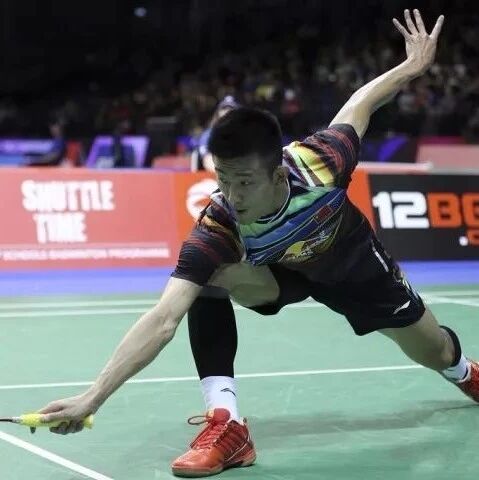
As the weather gradually turns colder, the chilly environment has significantly dampened everyone’s enthusiasm for exercising. Aside from the motivation to play ball, most people simply lack the perseverance to commit to dedicated fitness training—something that seriously hinders progress in improving one’s badminton skills.

Winter training is a great opportunity to boost your physical fitness—this period of "sleeping on straw and tasting bile" preparation ensures you’ll be fully ready to enjoy playing even more come springtime next year. While many fellow players tend to become lazy during the colder months, for those with "ambition," it’s actually a chance to catch up and even surpass others.
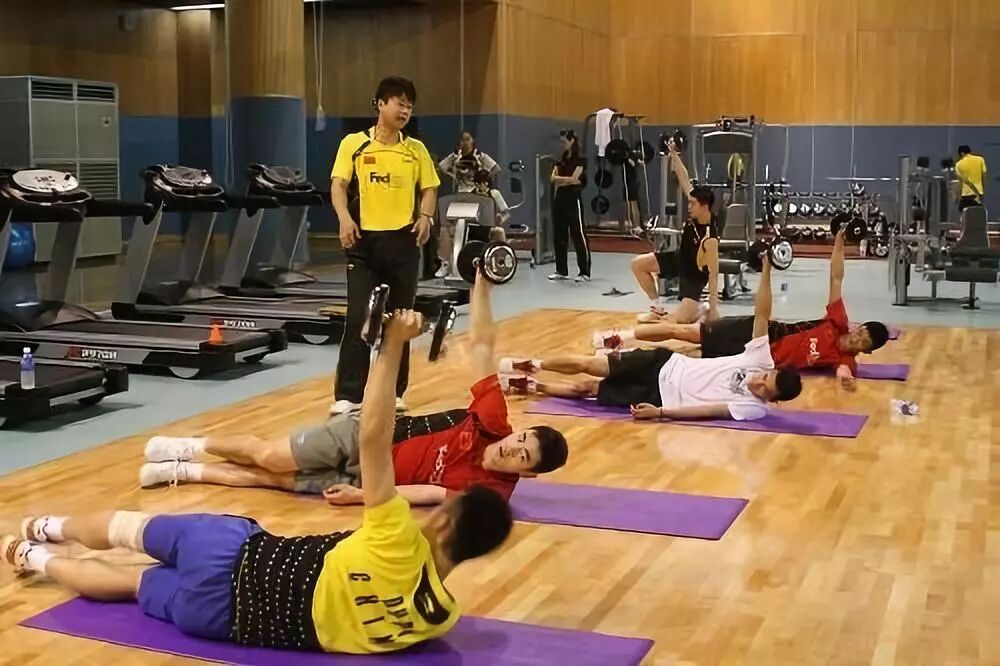
But it’s cold—Lin Ching-tzu didn’t even give you “Courage” this time. So how can you find a way to stay motivated and keep pushing forward? After all, solutions always outnumber challenges. If you don’t feel like heading out for a workout, why not make the most of your time at home by incorporating various forms of fitness into your routine? That way, you’ll not only stay active but also ensure your body becomes stronger and healthier over time.
Another benefit of working out at home is that you can listen to music, watch TV, or even enjoy a comedy show—activities that help distract you from the fatigue of exercise. This not only satisfies your body’s needs but also enriches your mind, allowing both your body and soul to thrive together on this journey.
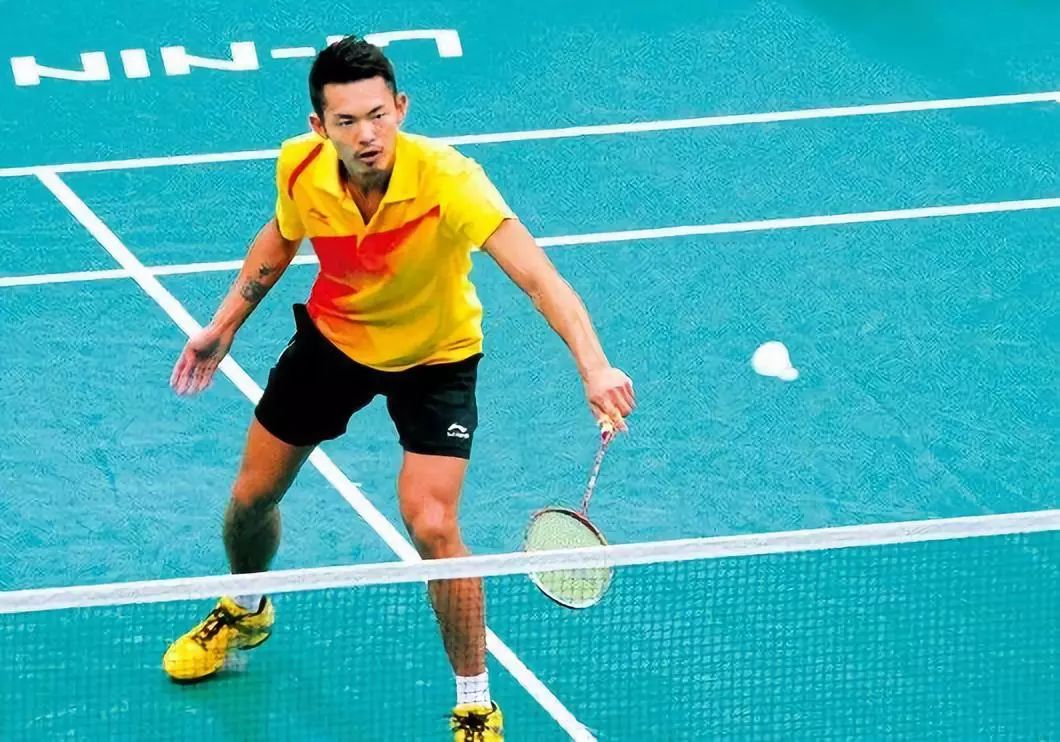
Here are a few methods for tennis enthusiasts to choose from for practice:
1. Practice wrist flexibility with and without the ball
Hitting practice is an important and effective method in badminton, primarily focused on developing a player's "feel" for the racket. In addition to refining your hitting technique, this type of practice also helps you become more attuned to the racket's aerodynamic properties—like its resistance to air—and other subtle sensations associated with handling the shuttlecock.

Demonstration of wrist flexibility exercises using a baton
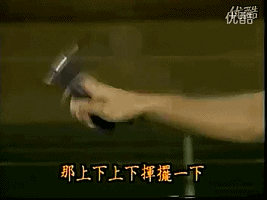
Focus on wrist technique during forehand swing practice—use your wrist as the pivot point and swing the racket up and down.
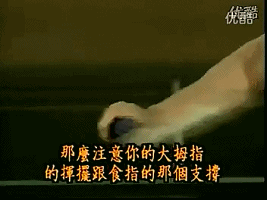
Focus on wrist technique during backhand swing practice—use your wrist as the pivot point and swing the racket side to side.
2. Grip strengthener
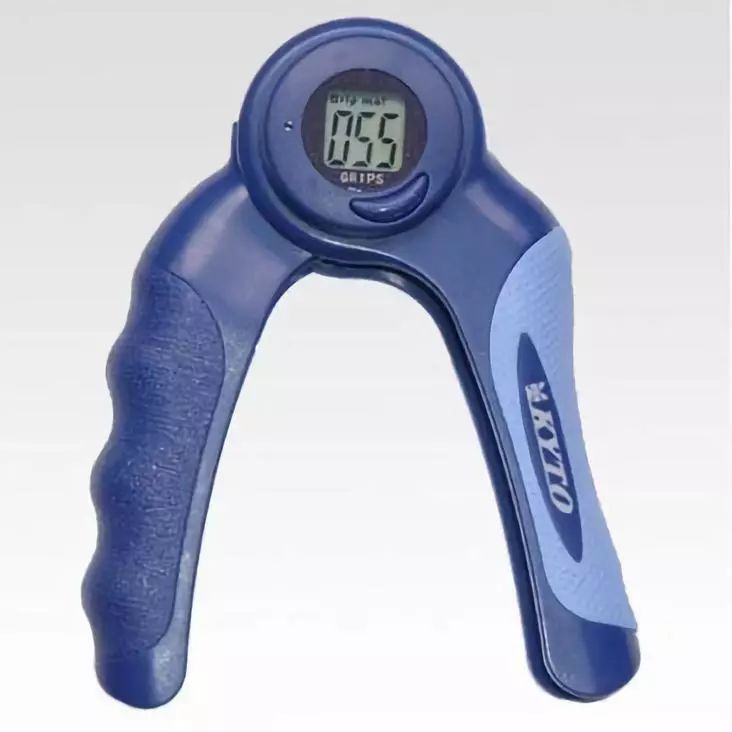
This primarily strengthens the fingers. Not only does it help make your grip more stable and easier to control, but it also enhances the power behind your finger flexion movements.
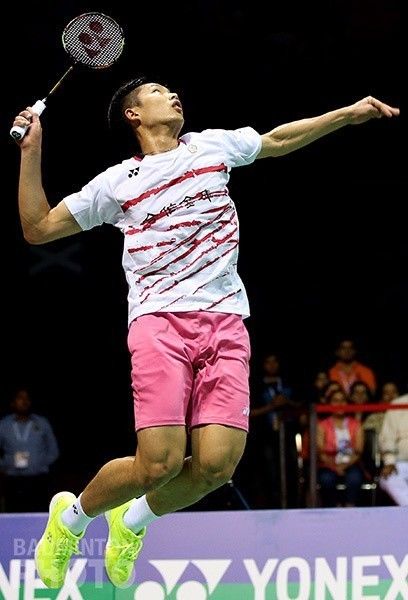
3. Skillful Application of Force
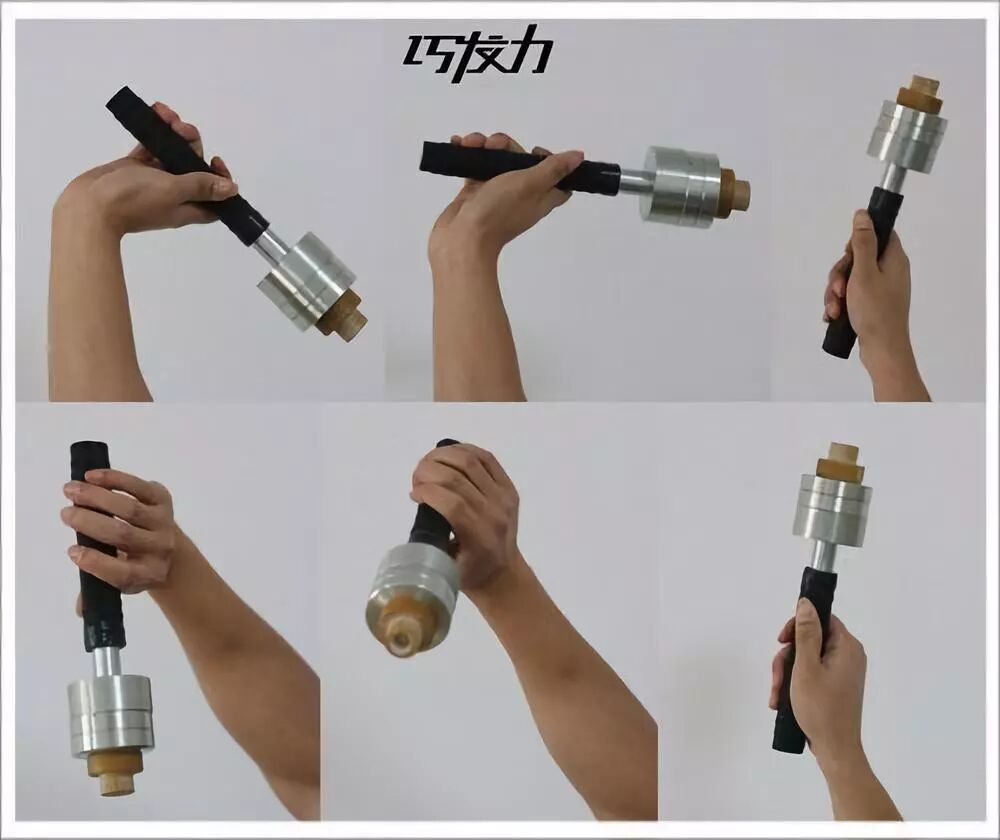
This exercise primarily targets wrist strength and flexibility. Wrist explosiveness is crucial—boosting power for powerful shots while allowing for more subtle, deceptive movements in delicate plays. Additionally, a flexible wrist enables greater versatility at the net.
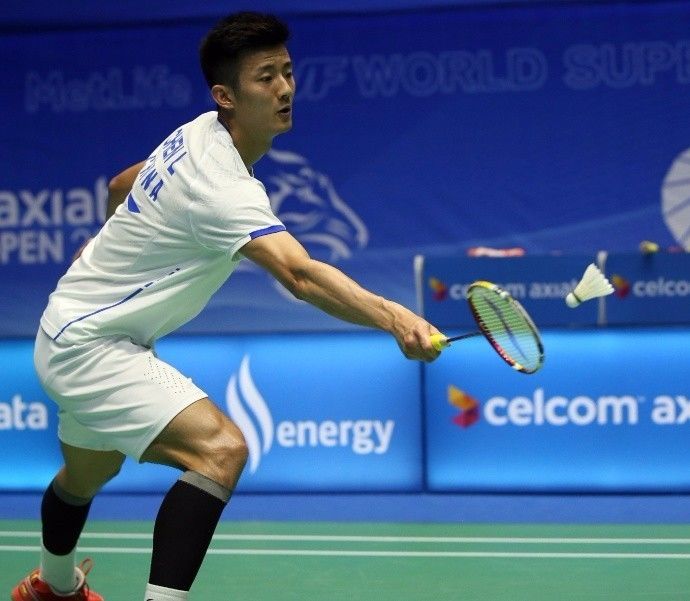
4. Wall Squats
The main focus is on strengthening the muscles around the knee joint to provide better protection. Badminton is often referred to as the "number one killer of knees," so it’s especially important to prioritize reinforcing and safeguarding your knee joints.
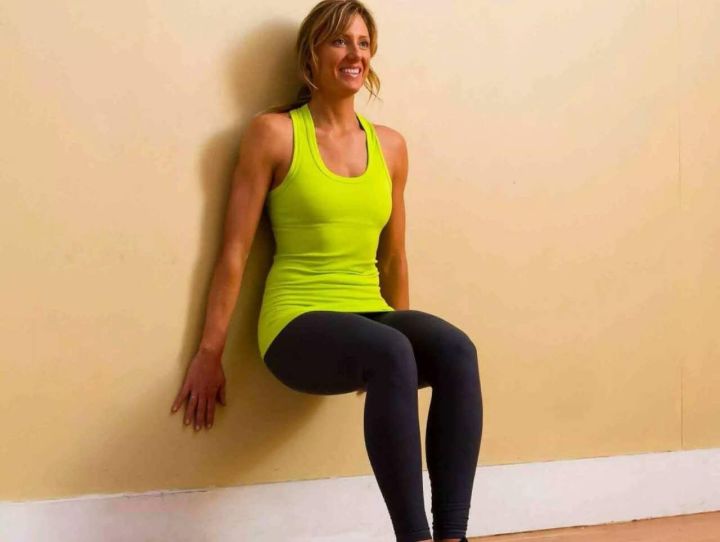
5. Squats
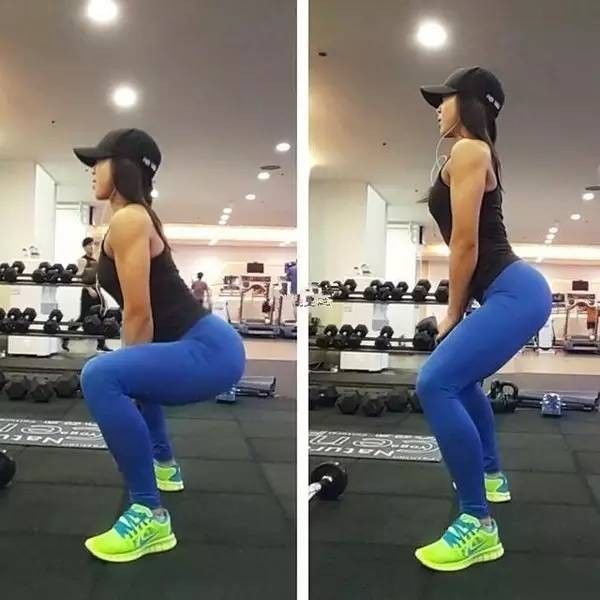
It’s mainly about building lower-body strength. Badminton requires explosive power in the legs and feet, and squats are an excellent way to enhance both of these qualities. Plus, strong lower-body muscles help protect your joints from injury while also improving stability during movement.
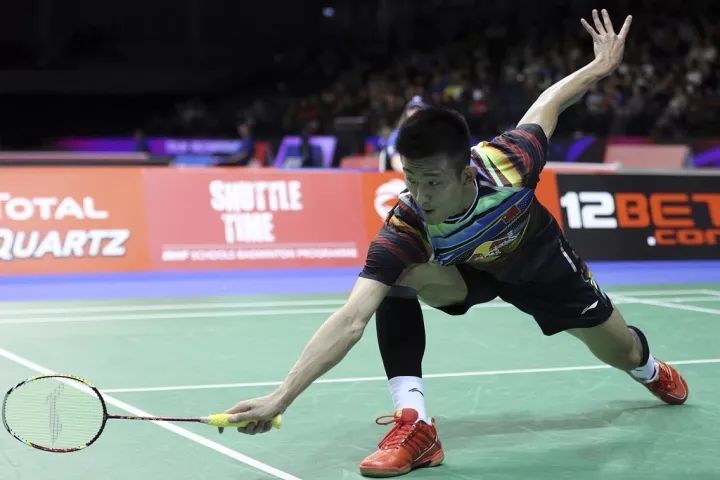
6. Plank
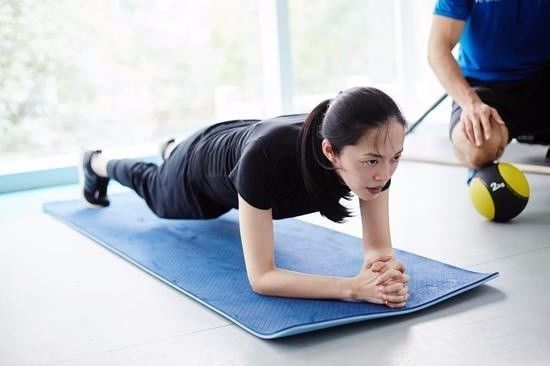
Focus primarily on strengthening your core—your waist and abdominal muscles. Everyone knows how crucial core strength is for badminton, as it plays a vital role in:
Stability in movement and proper force generation are both crucial, so you can’t afford to neglect core strength training. Plank exercises not only help you develop a sleek "mermaid line" or "six-pack abs"—perfect for sculpting a stunning physique—but also play a key role in achieving overall fitness. To achieve your best shape, consistency is essential.
7. Sit-ups
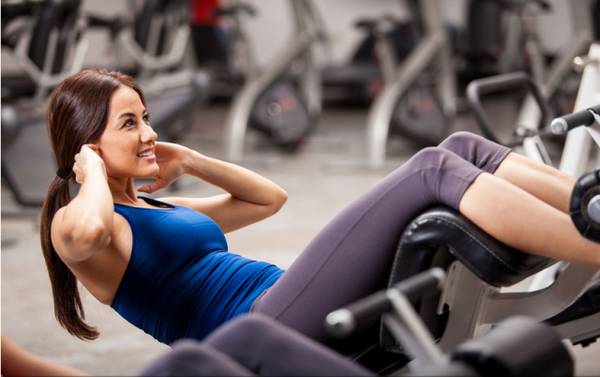
It’s also a great way to strengthen your core and abdominal muscles. Most importantly, this technique comes into play when, after executing a backhand attack, your upper body gets stuck behind you and can’t follow through toward the net. In such situations, powerful core strength is essential to bring yourself back into position effectively.
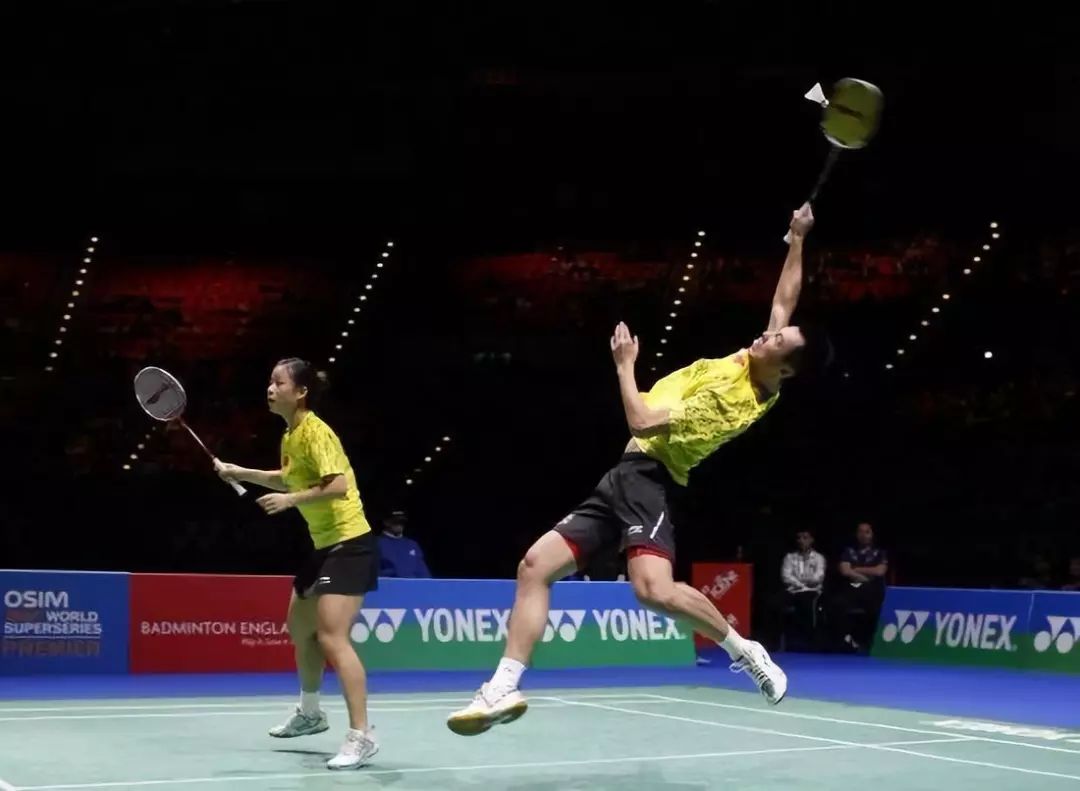
8. Cleverly Use Bottles to Train Wrist Strength
The bottle exercise method can first strengthen wrist muscles and secondly, it also helps build finger strength—plus, practicing without a racket is even more convenient.

Practice backhand wrist rotation and power generation
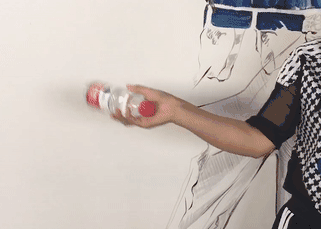
Practice wrist flexibility by tracing figure eights.
9. Specialized Racket Swing with Fixed Posture

Forehand High Clear
Key points: Keep your racket high, simulate a high, forward-upward hitting motion, and ensure your wrist swings swiftly.
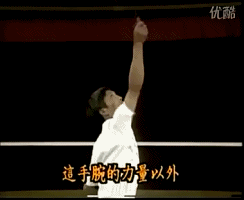
Backhand Clear
Key points: Raise your racket high, ensure the racket face is square, swing forward aggressively, engage your wrist with firm force, and at the moment of impact, gently press your thumb toward the net. Keep your movements quick and powerful—this practice will help improve your racket swing speed and strengthen your wrist strength.
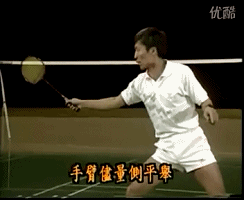
Cross-court forehand flat shot
Key points: Side lunges—keep your arms as parallel to the ground as possible, lifting them slightly higher with each beat. When swinging the racket forward, push forcefully with your index finger, ensuring a quick, fluid motion and rapid flicks.
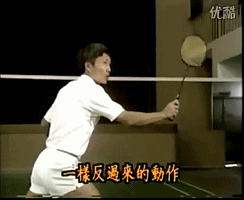
Cross-court backhand drop shot
Key point: Strike the net with your thumb firmly, keeping the racket face slightly sideways and flat.
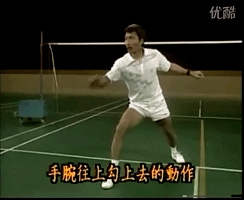
Forehand lift
Key points: Step forward with your lead foot, ensure a quick wrist flick, and lift the racket upward and forward in a sweeping motion. Make sure to curl your wrist upward as you execute the stroke.
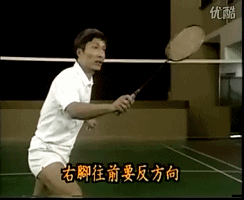
Backhand drop shot
Key point: Shift your body sideways, using your forearm to guide your wrist—keep the wrist flicks quick—and only then can you lift the ball far, landing it close to the baseline.
When practicing these methods, make sure to do it the right way—don’t just dive in blindly. If you’re unsure about something, simply search for specific tutorials online. Stick with just one or two techniques consistently, and you’ll definitely see your skills improve dramatically next year. Don’t believe me? Give it a try—you’ll be amazed at how much progress you can make!


Related Articles
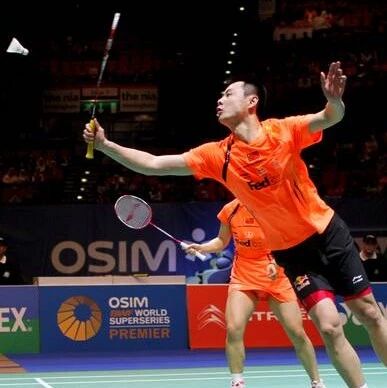
Double-pronged approach! Comprehensive drills combining techniques and footwork, as well as offense and defense!

Why are more and more girls choosing badminton over table tennis? Here's what netizens have to say...
